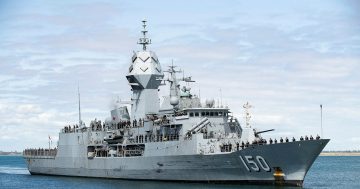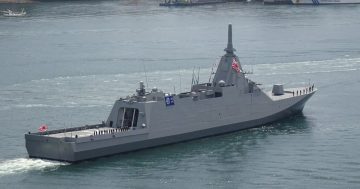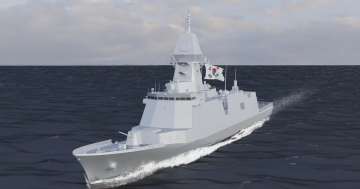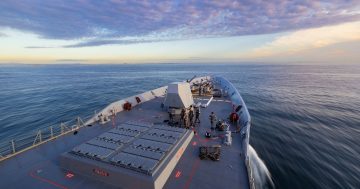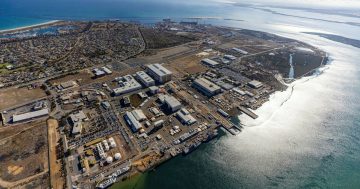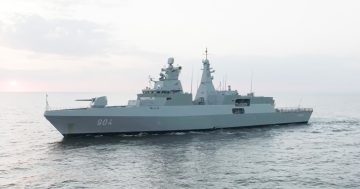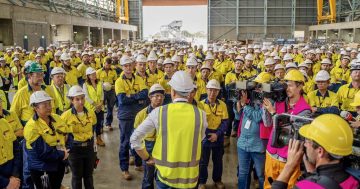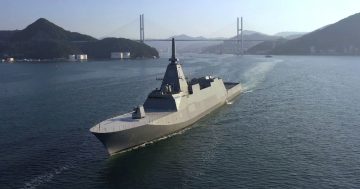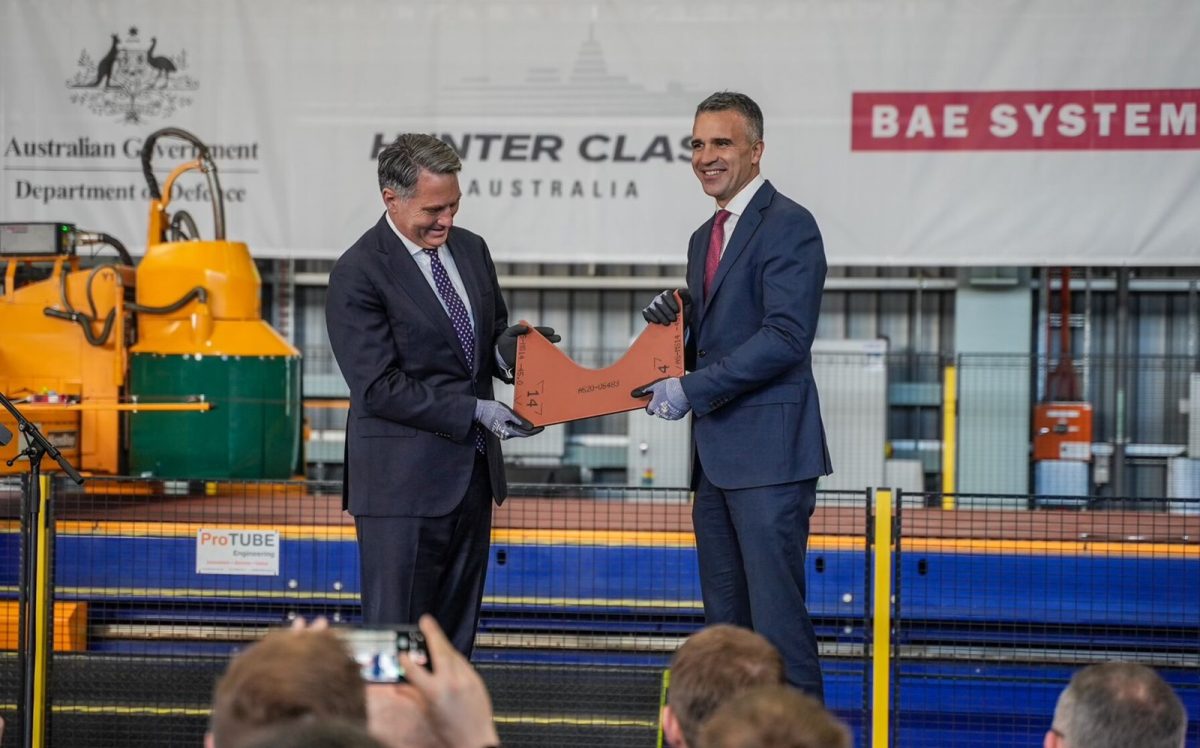
Federal Defence Minister Richard Marles and SA Premier Peter Malinauskas with the first ceremonial steel cut for the Hunter-class frigates. Photo: BAE Systems Australia.
Construction of the first of an initial batch of three Hunter-class frigates has begun at BAE Systems Australia’s Osborne shipyard in Adelaide.
The milestone event was attended by Deputy Prime Minister and Defence Minister Richard Marles and South Australian Premier Peter Malinauskas, with the pair officially cutting the first steel for the first ship.
The first cut followed the signing of a contract between the Commonwealth and BAE Systems for the first three of an eventual requirement for six vessels, with the milestone coming several years later than planned following delays in finalising the design and configuration of the Hunter-class ships.
Based on BAE Systems’ Type 26 Global Combat Ship, which is also being produced for the UK’s Royal Navy and the Royal Canadian Navy, Australia’s Hunter class has several key design differences, including advanced phased array radars from Canberra-based CEA Technologies, Lockheed Martin’s Aegis combat management system and a Saab 9LV interface.
BAE Systems’ Global Combat Ship was announced as the preferred solution for the Royal Australian Navy’s (RAN’s) Project SEA5000 Future Frigate requirement in June 2018, beating out rival bids from Spain’s Navantia and Italy’s Fincantieri.
At the time, it was envisioned that nine Hunter-class vessels would be acquired to replace the current Anzac class, with the first ship to enter service in 2027.
The then-Commonwealth-owned ASC Shipbuilding became a subsidiary of BAE Systems, making the company fully responsible and accountable for the vessels’ delivery.
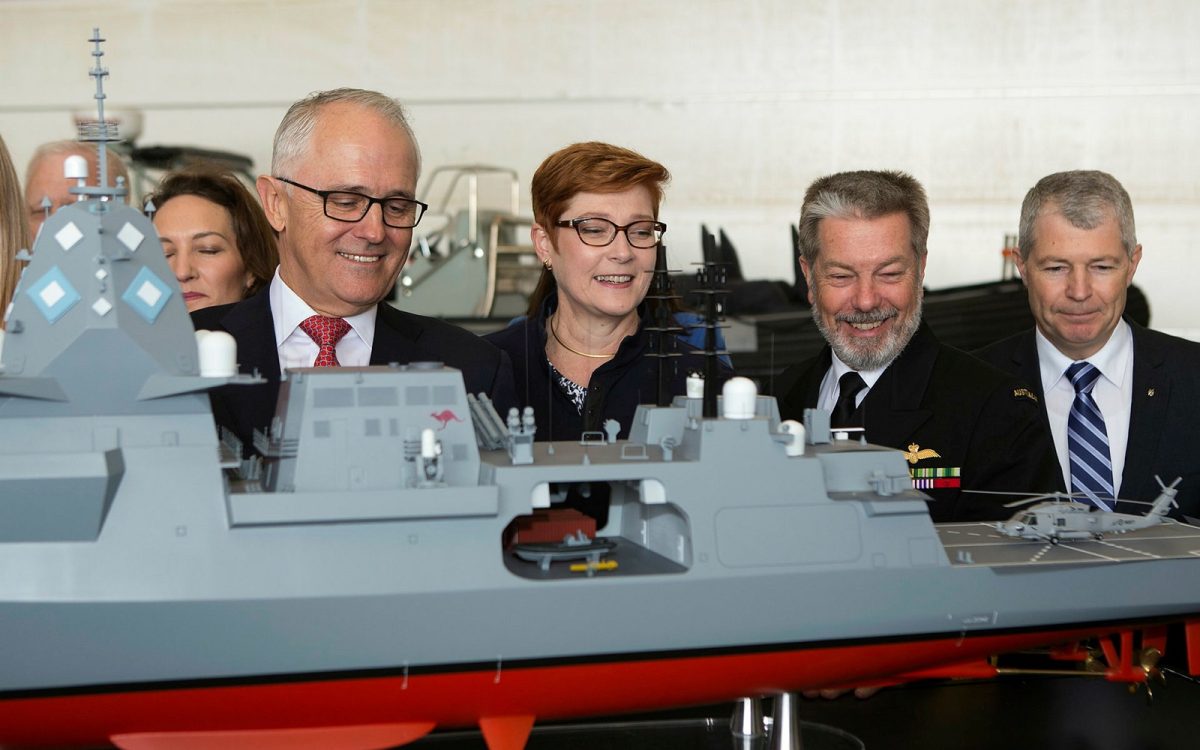
When the BAE Global Combat Ship design selection was announced in June 2018 by then-Prime Minister Malcolm Turnbull (left), then-Defence Minister Marise Payne (centre) and then-Chief of Navy VADM Tim Barrett (second from right), the first of nine ships was to enter service in 2027. Photo: ADF.
But Friday’s announcement says the first ship – to be commissioned as HMAS Hunter – will now not enter service until 2034, some seven years later than planned. This delay led the government to cull the number of Hunter-class vessels from nine to six, and to announce in February’s surface combatant review that it would acquire up to 11 smaller, general-purpose frigates (GPF) that are better suited to replace the Anzacs.
In the meantime, the first of the Anzac-class frigates has already been decommissioned, with another scheduled to follow soon, leaving the RAN with a widening capability gap until the first of the GPFs arrive in 2031.
The construction phase of the Hunter-class program will run for 20 years, and at its peak will support about 3000 direct jobs locally and a further 5000 indirect jobs across Australia.
Mr Marles said the milestone was not just about cutting steel but also highlighted that Australian workers were building frigates in an Australian yard, supporting Australian industry.
“Continuous naval shipbuilding is how Australia will grow its shipbuilding and sustainment workforce, industry and infrastructure,” he said.
Premier Malinauskas said it was a momentous day for South Australia.
“The construction of the frigates locks in a pipeline of continuous naval shipbuilding in South Australia, delivering thousands of secure, well-paid jobs for generations to come,” he said.
“This delivery of frigates alongside SSN-AUKUS submarines puts South Australia front and centre in the most crucial of national endeavours.
“It also represents a step change in our state’s economic complexity, which will help improve the standard of living for South Australians more broadly.”
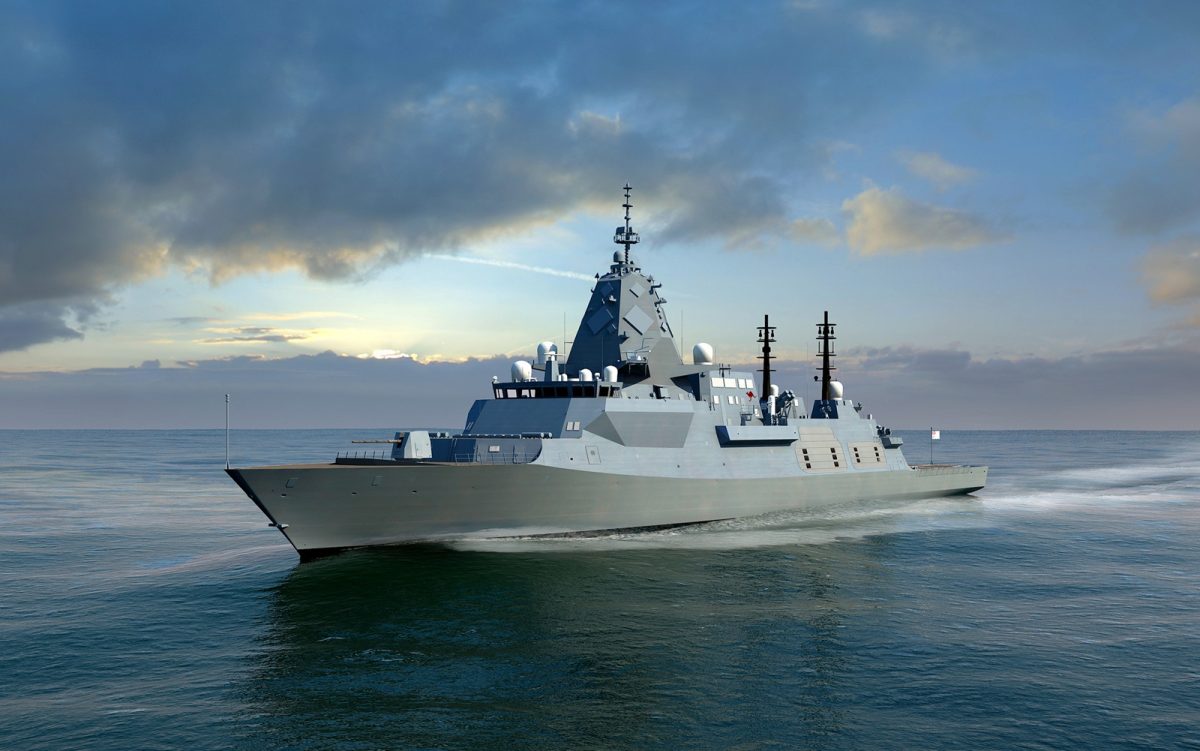
Concept art of a Hunter-class frigate at sea. Image: BAE Systems Australia.
BAE Systems Australia CEO Ben Hudson said it was a proud moment for all at the company, and came at a time when the capability of the Hunter vessels had never been more important.
“Hunter will be one of the most technologically advanced, stealth-capable anti-submarine warfare vessels in the world, and its modular mission bay allows it to undertake a wide range of missions, from warfare to humanitarian and disaster relief,” he said.
“Over the coming years, we will build and deliver the first three Hunter-class frigates to the Royal Australian Navy.”
BAE Systems Australia maritime managing director Craig Lockhart added: “We already have a headstart on the construction of the first Hunter-class frigate, with six schedule protection blocks already in production approved under the design and productionisation phase as part of the risk mitigation strategy.
“This program has always been more than just building ships, we have created world-leading facilities, a vibrant supply chain ready to step up to a full rate of production and a workforce that is proving it can produce the highest-quality shipbuilding products that can compete anywhere.
“This moment has been a long time in the making and it has been a tremendous journey so far, but we have demonstrated that together with our partners, suppliers and the great team both here at Osborne and in the UK, we are up to the task and raring to go.”


